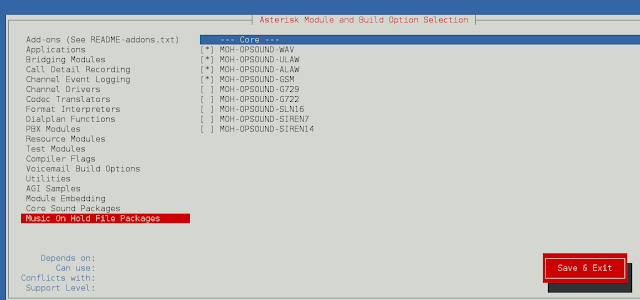The equals() method of java.util.ConcurrentLinkedDeque class is used to compare the specified object with this ConcurrentLinkedDeque for equality. Returns true if and only if the specified object is also a ConcurrentLinkedDeque, both ConcurrentLinkedDeques have the same size, and all corresponding pairs of elements in the two ConcurrentLinkedDeques are equal. (Two elements e1 and e2 are equal if (e1==null ? e2==null : e1.equals(e2)).) In other words, two ConcurrentLinkedDeques are defined to be equal if they contain the same elements in the same order.
Syntax:
public boolean equals(Object o)
Parameters: This method takes the object o as a parameter to be compared for equality with this ConcurrentLinkedDeque.
Return Value: This method returns true if the specified object is equal to this ConcurrentLinkedDeque.
Below programs illustrate the ConcurrentLinkedDeque.equals() method:
Program 1:
// Java Program Demonstrate equals()// method of ConcurrentLinkedDeque import java.util.concurrent.ConcurrentLinkedDeque;import java.util.*; public class GFG { public static void main(String[] args) throws IllegalStateException { // create object of ConcurrentLinkedDeque ConcurrentLinkedDeque<Integer> CLD1 = new ConcurrentLinkedDeque<Integer>(); // Add numbers to end of ConcurrentLinkedDeque CLD1.add(7855642); CLD1.add(35658786); CLD1.add(5278367); CLD1.add(74381793); System.out.println("Linked Blocking Deque 1: " + CLD1); // create another object of ConcurrentLinkedDeque ConcurrentLinkedDeque<String> CLD2 = new ConcurrentLinkedDeque<String>(); // Add numbers to end of ConcurrentLinkedDeque CLD2.add("1"); CLD2.add("2"); CLD2.add("3"); CLD2.add("4"); System.out.println("Linked Blocking Deque 2: " + CLD2); // using equals() function System.out.println("Are both Linked Blocking Deque equal: " + CLD1.equals(CLD2)); }} |
Linked Blocking Deque 1: [7855642, 35658786, 5278367, 74381793] Linked Blocking Deque 2: [1, 2, 3, 4] Are both Linked Blocking Deque equal: false
Program 2:
// Java Program Demonstrate equals()// method of ConcurrentLinkedDeque// when the list contains characters import java.util.concurrent.ConcurrentLinkedDeque;import java.util.*; public class GFG { public static void main(String[] args) throws IllegalStateException { // create object of ConcurrentLinkedDeque ConcurrentLinkedDeque<String> CLD1 = new ConcurrentLinkedDeque<String>(); // Add numbers to end of ConcurrentLinkedDeque CLD1.add("1"); CLD1.add("2"); CLD1.add("3"); CLD1.add("4"); System.out.println("Linked Blocking Deque 1: " + CLD1); // using equals() function System.out.println("Is CLD1 equal to CLD1: " + CLD1.equals(CLD1)); }} |
Linked Blocking Deque 1: [1, 2, 3, 4] Is CLD1 equal to CLD1: true




